5-Star BBB Accredited Business
Serving Triad Region, NC
This is a placeholder for the Yext Knolwedge Tags. This message will not appear on the live site, but only within the editor. The Yext Knowledge Tags are successfully installed and will be added to the website.
Tree Risk Assessments
Tree Risk Assessments
Free Estimates | Certified Arborists | Same-Day Emergency Service
Free Estimates
Certified Arborists
Same-Day Emergency Service
This is a placeholder for the Yext Knolwedge Tags. This message will not appear on the live site, but only within the editor. The Yext Knowledge Tags are successfully installed and will be added to the website.
24/7 Emergency Service
Proudly Servicing
- Greensboro, NC
- High Point, NC
- Winston-Salem, NC
- Kernersville, NC
- Summerfield, NC
- Pfafftown, NC
- King, NC
- Lexington, NC
- Thomasville, NC
- Oak Ridge, NC
- Walkertown, NC
- Stokesdale, NC
Thorough Tree Risk Assessments in the Triad, NC Region
- Well-maintained healthy, and mature trees can boost your curb appeal and your property value. Whether you've just purchased a property or have concerns about the health and safety of your trees, count on Dillon Tree Service for thorough tree risk assessments throughout Greensboro, High Point, Winston-Salem, Kernersville, Summerfield, Pfafftown, King, Lexington, Thomasville, Oak Ridge, Walkertown, NC, and the surrounding areas.
- Tree risk assessments are when trained and knowledgeable arborists evaluate your trees to identify ones that may be at risk. Whether the tree has lifting roots, broken branches, or a disease, our certified arborists are able to spot potential weaknesses before they become major issues.
- Preventative care and routine tree risk assessments can help to avoid potential damage to your property and the costly tree removal service. Don't wait until your tree has fallen to fix the issue, contact us today to schedule a tree risk assessment appointment!
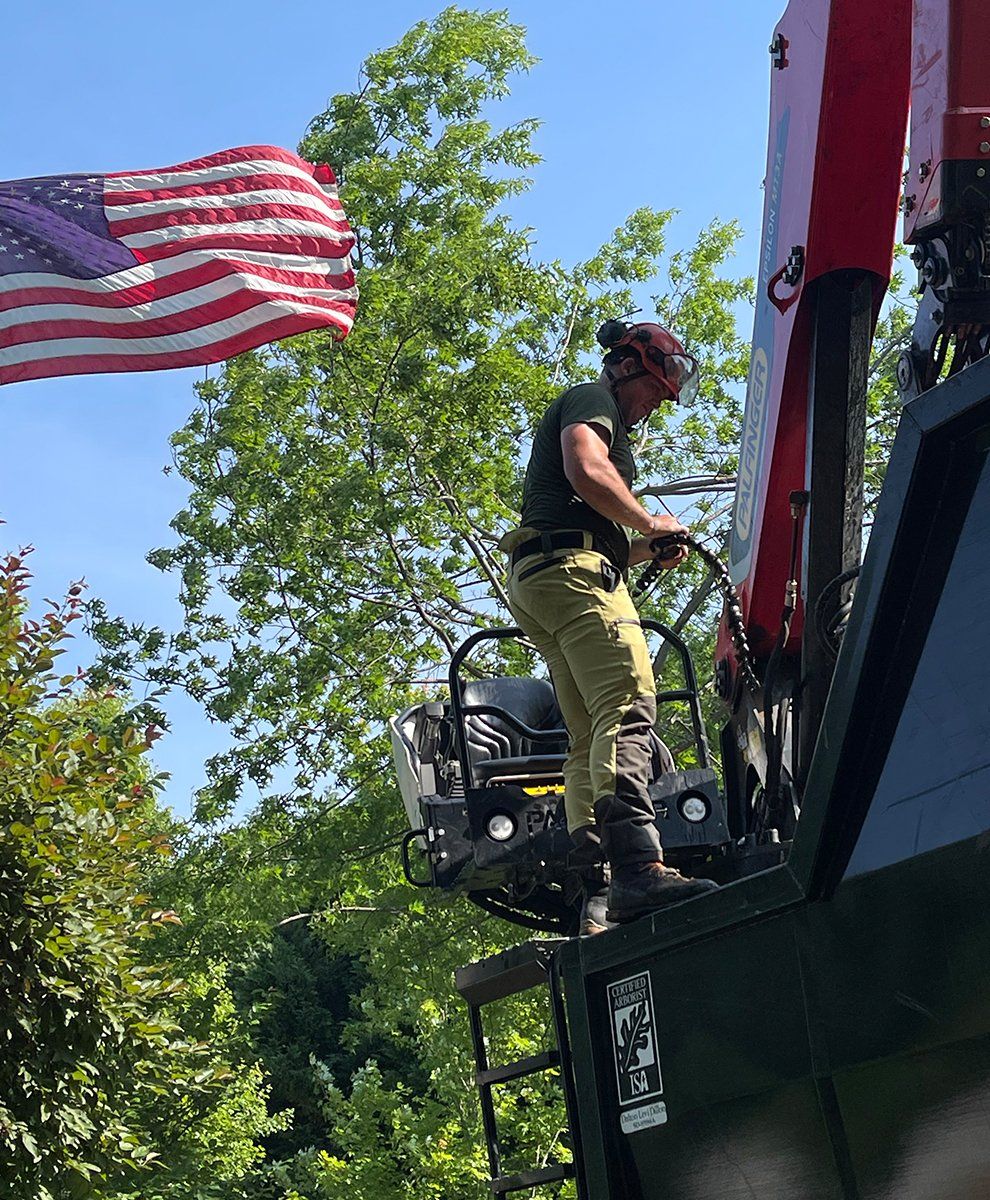
What Does a Tree Risk Assessment Identify?
- Decay - When the inner tissue of a tree becomes soft, the tree may start to decay. Over time, the decay can cause branches to break, creating a dangerous situation for anyone who walks beneath the tree.
- Root Problems - Trees can become unstable and dangerous if their roots have issues. In some cases, root plates will soften and start to degrade, which essentially causes the tree to detach from the ground. In other cases, tree roots may start to grow upwards and wrap around the trunk, starting to compete with the trunk for nutrients, thus killing the tree slowly.
- Insects and Disease - Invasive insects and tree diseases commonly leave signs that a trained arborist is able to quickly identify. Catching insect problems or diseases early can help prevent serious damage to the tree and the trees surrounding it.
- Cracks in Trunk or Branches - Cracks are common in trees, but they can be detrimental depending on their location and size. Big cracks in large branches or the trunk of the tree can weaken its structural integrity. This also makes your tree more vulnerable to insects, decay, and diseases.
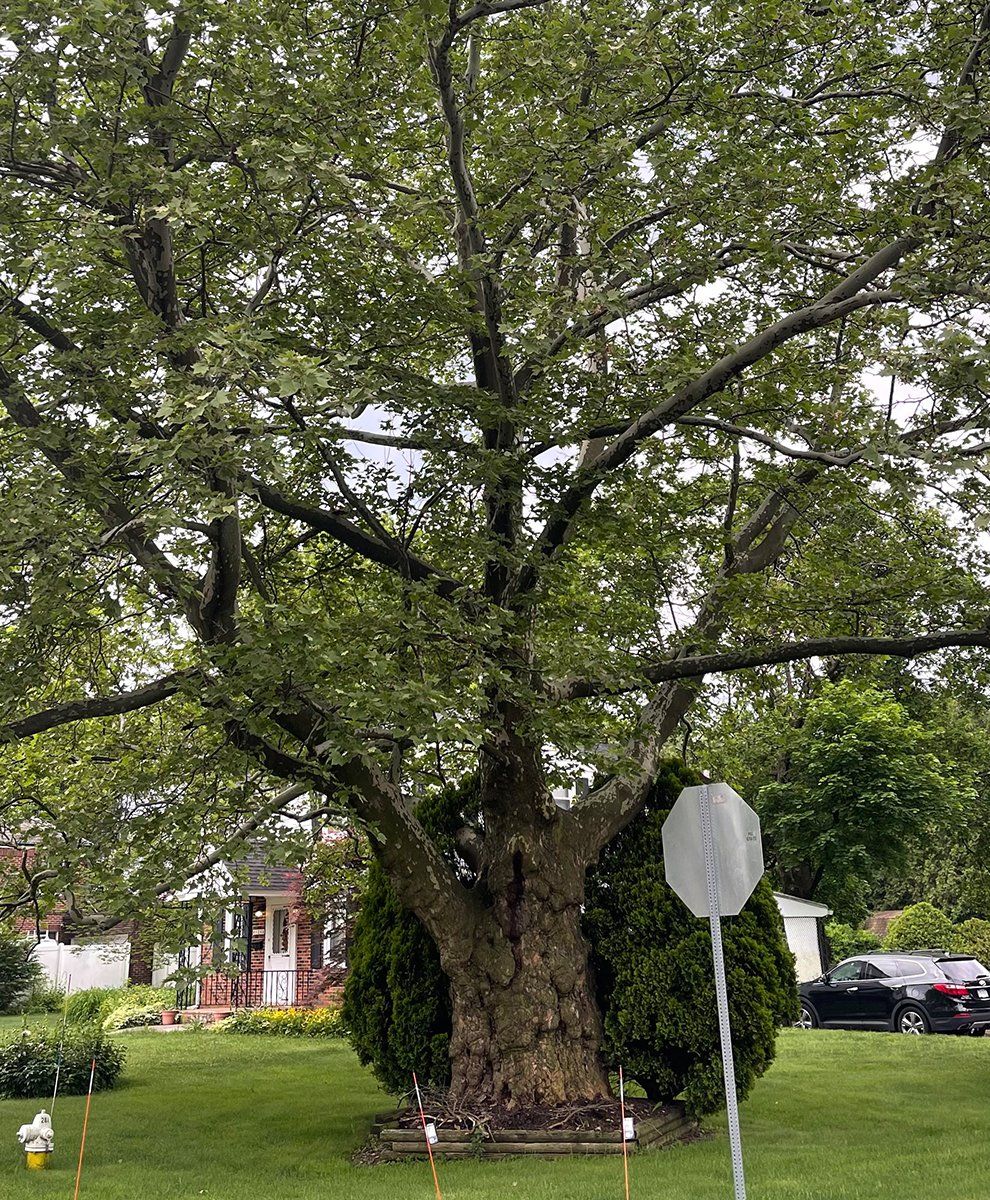
What to Expect from Your Tree Risk Assessment
A tree risk assessment determines how likely it is that a tree or its branches might fail. There are several factors to consider during this assessment:
- The Tree’s History: If there have been previous branch failures or pest infestations, it could indicate future issues.
- The Tree’s Vigor: We’ll take a look at the crown density, leaf quality, and bark condition to determine how healthy the tree is; we’ll also check the amount of deadwood currently in the tree and the way old wounds from pruning have healed.
- Crown Density: A thinning crown is the first sign of a declining tree. If the top-center branches are beginning to get thinner and have less leaf density, it’s cause for concern.
- Potential Targets: If the tree would put buildings or well-traveled areas at risk if they fell, they pose a significantly higher danger than if it was located in the middle of a field. The higher the consequences of failure, the more critical the arborist will be.
- The Species: Considering the tree’s species helps us predict its overall risk of failure; some trees for example are known for shallow roots and can blow over in a strong wind.
We will do what we can to save any tree by weighing the situation, the chances of rehabilitation, and the potential risks of failure.
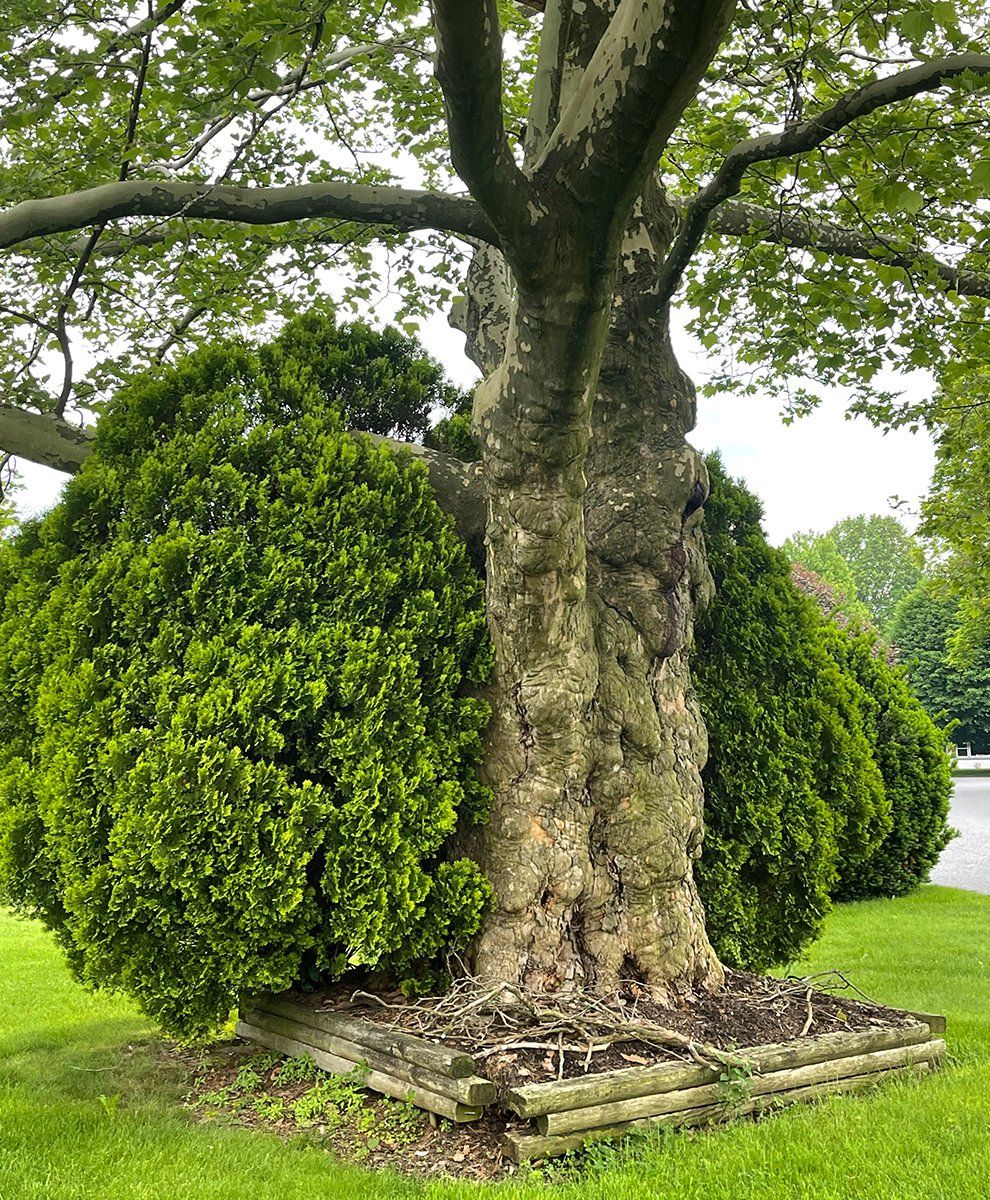
SERVING
This is a placeholder for the Yext Knolwedge Tags. This message will not appear on the live site, but only within the editor. The Yext Knowledge Tags are successfully installed and will be added to the website.
and surrounding areas
HOURS
Monday
Tuesday
Wednesday
Thursday
Friday
Saturday
Sunday
This is a placeholder for the Yext Knolwedge Tags. This message will not appear on the live site, but only within the editor. The Yext Knowledge Tags are successfully installed and will be added to the website.
Hi. Do you need any help?
This is a placeholder for the Yext Knolwedge Tags. This message will not appear on the live site, but only within the editor. The Yext Knowledge Tags are successfully installed and will be added to the website.
Privacy Policy
| Do Not Share My Information
| Conditions of Use
| Notice and Take Down Policy
| Website Accessibility Policy
© 2024
The content on this website is owned by us and our licensors. Do not copy any content (including images) without our consent.
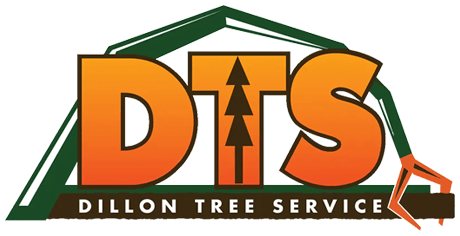
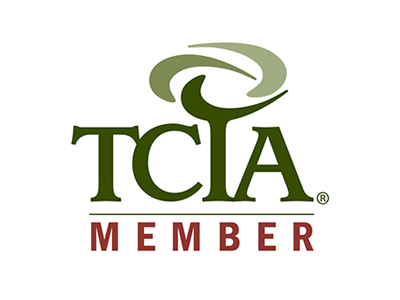
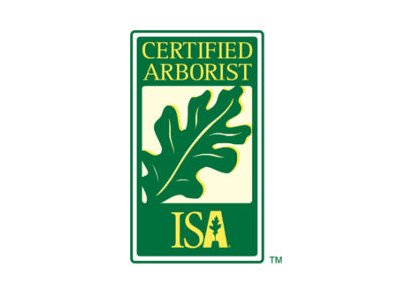

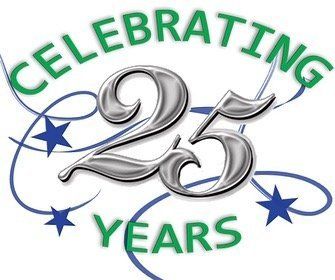

Share On: